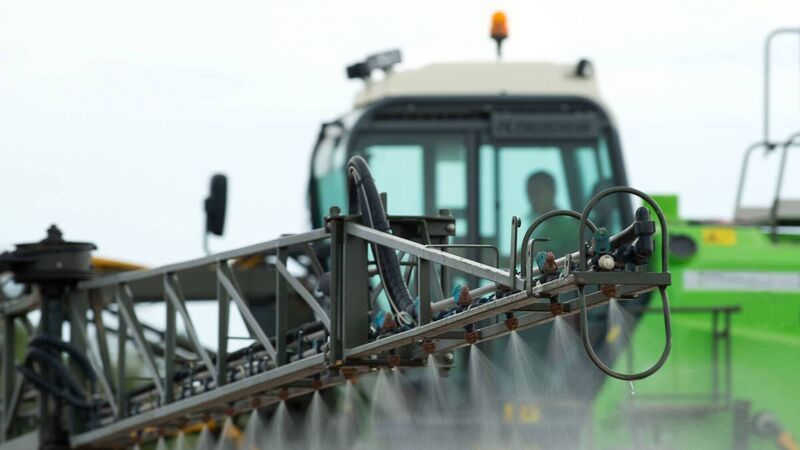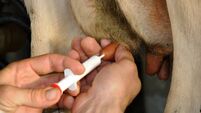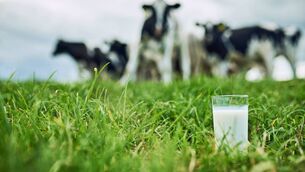Can anything be done to halt glyphosate resistance once it has started?

The development of glyphosate resistance is not just disappointing - it’s a warning of the challenges that lie ahead for an already fragile sector.
News this week that glyphosate resistance has now been confirmed in an Italian Ryegrass weed in Ireland is deeply troubling for the industry, signalling a critical turning point in how we think about weed management.
This development is not just disappointing - it’s a warning of the challenges that lie ahead for an already fragile sector, and has previously proven costly to growers in other parts of the world.
For example, in the United States, particularly the Midwest, some arable farmers report spending two to three times more on herbicides now than before resistance developed.
Glyphosate was adopted widely after the introduction of genetically modified glyphosate-tolerant crops like Roundup Ready soybeans, corn, and cotton, which were engineered to withstand glyphosate, allowing farmers to control weeds more effectively.
However, over time, this reliance on glyphosate as the sole herbicide led to the emergence of over 17 glyphosate-resistant weed species, including Palmer amaranth, waterhemp, and giant ragweed.
Palmer amaranth has become a particularly destructive and costly weed due to its fast growth, high seed production, and resistance to multiple herbicides beyond glyphosate.
According to the University of Illinois, it can reduce soybean yields by 78% and maize by 91%, with several US cotton growers saying it has put them out of business.
The reported that following Palmer amaranth invasions in 2010, the cost of weed control on Georgian farms had risen from $25/ac to $60-$100/ac, with the state spending more than $11m to manually clear Palmer amaranth from a million acres of cotton.
While only one case of resistance has been confirmed so far here, it is extremely worrying to see some Irish farmers commenting online that they have been seeing signs of resistance “for years”, which suggests the problem could be much more widespread and advanced than reported.
Glyphosate is critical to agriculture in its current form. Already, many other chemicals have been banned or lost, so it would have devastating consequences if glyphosate became ineffective.
The path forward requires a mix of practical solutions, from rotating herbicides to integrating new technologies. Farmers need to adopt integrated weed management techniques, combining crop rotations, cover crops to outcompete weeds, and even mechanical weeding tools, to reduce reliance on chemicals.
Lessons must be learned from the livestock sector's fight against antimicrobial resistance, and our arsenal of tools protected through responsible use, always following the package instructions, and sticking to recommended application rates, so that they remain options when they are most needed.
New technologies, like the emerging new wave of more sophisticated mechanical weeding implements, are also well worth researching, although for many farmers, they are simply too expensive.
It’s crucial that the government recognises the gravity of this issue and considers subsidising alternative methods, such as mechanical weeding technology, before it’s too late. Only by taking proactive steps can we safeguard the future of Irish crop production.












